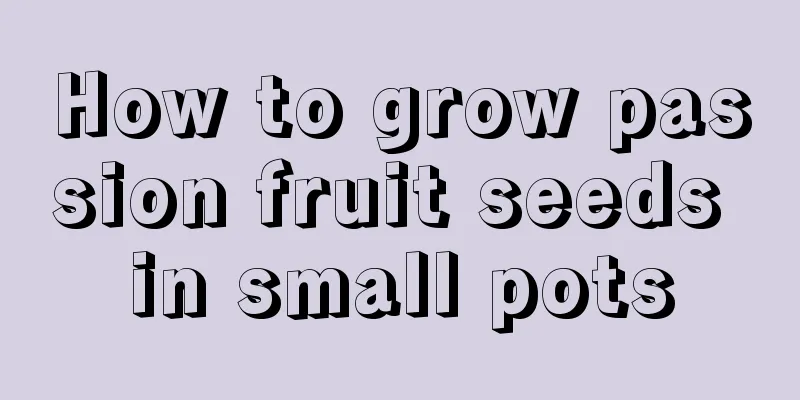Can carnations be dried?

1. Can it be used as dried flowers?Carnations do not contain much water, so they are very suitable for making dried flowers. After being made into dried flowers, their ornamental value will be enhanced. Moreover, it can be preserved for a longer time and can also be used to decorate the interior environment very well. After making dried flowers, they must be properly maintained and not placed in the sun as they will easily fade. Also, do not let dried flowers come into contact with water, otherwise they will become moldy and black rot. If there is dust on it, you can use a hair dryer to clean it. The maintenance environment should not be too humid and should be placed in a dry place for cultivation. 2. Production Method1. Air-drying method: Tie the carnations into bunches and hang them in a room with dry air. Pay attention to ventilation during the air-drying period. After about a week, they can be called dried flowers. Try not to hang it on the wall, as the side close to the wall will easily dry out. 2. Microwave method: Some flower lovers also use this method, which takes less time. Before making it, wrap the flowers with newspaper or new branches, put them in the microwave, and you can take them out in about half a minute. |
<<: Is chrysanthemum easy to grow?
Recommend
When does verbena bloom?
Verbena flowering period Its flowering period sta...
Fig yield per mu profit
The prospects for fig cultivation are very good. ...
The cultivation methods and precautions of bougainvillea potted plants
1. Breeding methods 1. Soil: The plant is more su...
Difference Between Water Mint and Peppermint
1. Difference of blades The leaves of water mint ...
The meaning of the fortune tree, should I buy one or a pair of fortune trees?
1. The meaning of the fortune tree The money tree...
What is Pu Cai?
What is Pu Cai? Cattail is the tender pseudostem ...
How to plant Clivia seeds
1. Collect seeds When the skin of the fruit turns...
How to grow purple bamboo plum to make it more purple
Growth conditions of purple bamboo plum Purple Ba...
How to care for zinnia in four seasons
Spring care for zinnias Suitable for placement on...
Coleus disease prevention and control methods
Coleus sclerotinia This disease is mainly caused ...
How to fertilize rueba
How to fertilize the rue Adequate nutrients Befor...
How to manage domestic hibiscus in winter
Hibiscus winter care: appropriate amount of ferti...
Lavender flowering time
1. Flowering time Lavender is an evergreen herb t...
How many years does the old crow persimmon bear fruit?
Introduction to planting old crow persimmon The o...
How often should I water the cinnabar root?
How often should I water the cinnabar root? In sp...









